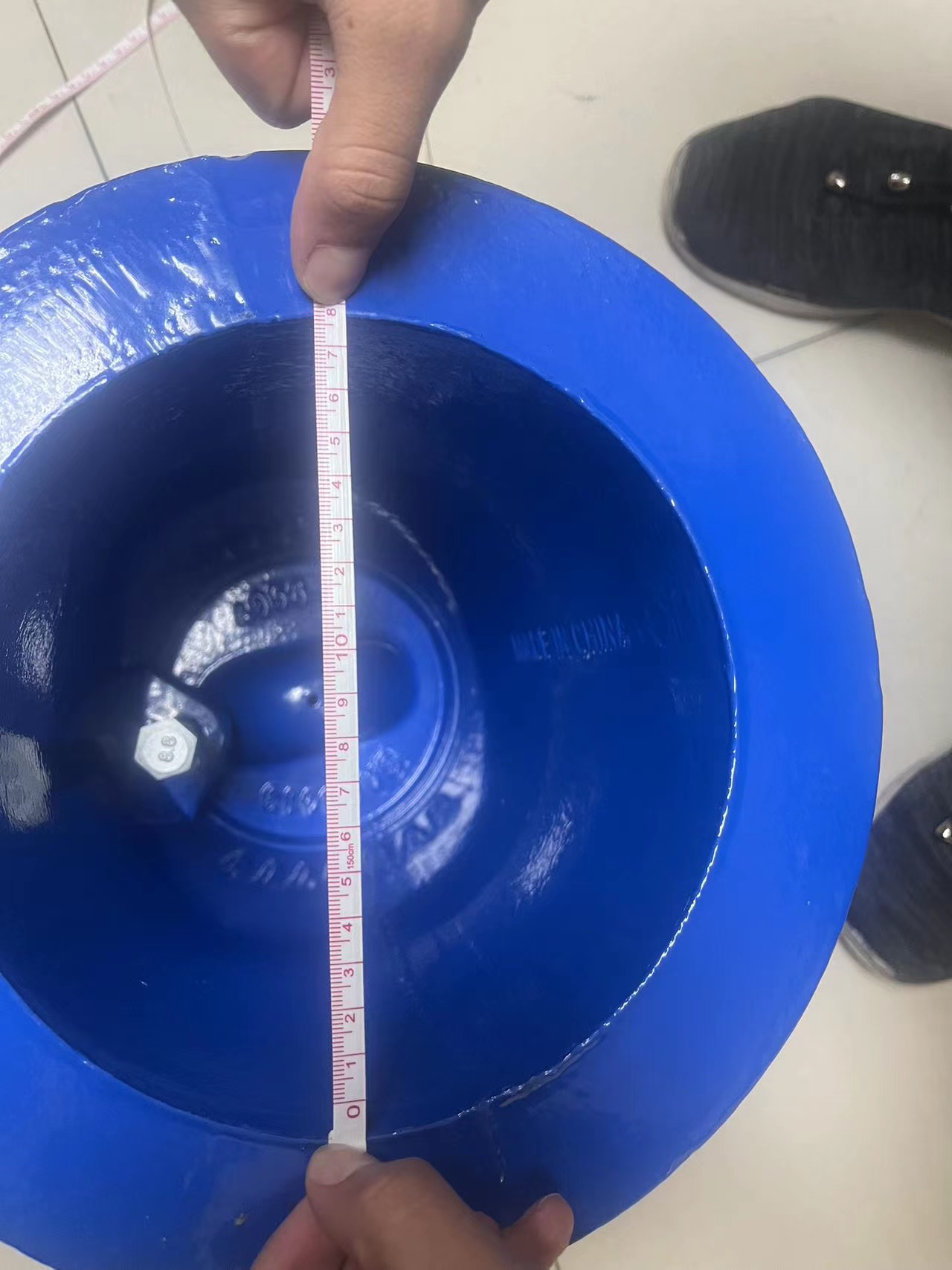manhole cover ring
The Ingenious Design of Manhole Cover Rings
Manhole covers are ubiquitous yet often overlooked components of urban infrastructure. While many people may pass by these fixtures daily without a second thought, the design and functionality of manhole cover rings reveal a fascinating intersection of engineering, safety, and urban planning. This article delves into the significance of manhole cover rings, their design engineering, and their role in ensuring the smooth functioning of urban environments.
The Basic Function
At its core, the primary function of a manhole cover ring is to provide access to the underground utility systems that power our cities—such as sewage systems, water pipes, and electrical cables. These covers support the weight of pedestrians and vehicles while effectively sealing the openings to prevent unauthorized access and protect the systems beneath. The ring is the integral component that secures the cover in place while allowing for a perfect fit around the manhole's structure.
Engineering and Materials
The design of manhole cover rings requires precision engineering and a thorough understanding of materials. Typically made from cast iron or reinforced concrete, these rings must endure heavy loads, environmental conditions, and the wear and tear of everyday usage. The compression strength of the materials used is crucial; they need to support the weight of large vehicles without deforming or cracking. This design consideration is paramount, especially in busy urban areas where heavy trucks and emergency vehicles frequently traverse.
Through innovations in material science, modern manhole cover rings have also started incorporating composite materials, which offer advantages in terms of weight reduction without compromising strength
. This is particularly significant for reducing labor costs during installation and maintenance, as lighter covers are easier to maneuver.Aesthetics and Urban Integration
Beyond functionality, the aesthetics of manhole covers and their rings are gaining importance in urban design. Many cities are taking steps to integrate art into their infrastructure, with colorful and artistically designed manhole covers that contribute to the character of the area. These designs can range from simple patterns to elaborate artistic renditions of local history or culture, creating an engaging urban landscape while still serving their primary function.
manhole cover ring

Moreover, the ring's design can reflect the aesthetic values of the neighborhood, contributing to the overall visual appeal of public spaces. Municipalities have begun to embrace the notion that manhole covers are not merely practical components but opportunities to enhance the urban environment.
Safety Features
Safety is another crucial aspect of the design of manhole cover rings. The surfaces are often textured to provide better traction and prevent slips during wet weather. Additionally, the covers are designed to prevent accidental dislodging. Innovative locking mechanisms and designs prevent the covers from being easily removed, safeguarding both the infrastructure beneath and the public above.
In response to increasing concerns about pedestrian safety, many urban planners are now considering the placement of these covers. Strategic placement—coupled with the use of reflective materials or colored circles around the manhole covers—can significantly improve visibility, thus enhancing safety for both pedestrians and cyclists, especially at night.
Environmental Considerations
With an increasing emphasis on sustainability, manufacturers of manhole cover rings are exploring environmentally friendly practices. This includes sourcing materials responsibly and developing covers that are designed to be recyclable at the end of their life cycle. Such sustainable practices not only reduce the carbon footprint associated with urban infrastructure but also align with the growing movement towards greener cities.
Conclusion
The manhole cover ring may appear to be a simple component of urban infrastructure, but it embodies a wealth of engineering innovation, artistic expression, and public safety concerns. As cities continue to evolve, the design and functionality of manhole covers will likely adapt, reflecting advancements in materials, shifts in aesthetic priorities, and a growing commitment to sustainability. Those metal discs on our streets are more than just access points; they are vital links to the intricate systems that keep our urban environments running smoothly. The next time you walk past a manhole cover, take a moment to appreciate the ingenuity that lies beneath—it is a testament to human ingenuity and the complexities of city life.
-
The Smarter Choice for Pedestrian AreasNewsJun.30,2025
-
The Gold Standard in Round Drain CoversNewsJun.30,2025
-
The Gold Standard in Manhole Cover SystemsNewsJun.30,2025
-
Superior Drainage Solutions with Premium Gully GratesNewsJun.30,2025
-
Superior Drainage Solutions for Global InfrastructureNewsJun.30,2025
-
Square Manhole Solutions for Modern InfrastructureNewsJun.30,2025
-
Premium Manhole Covers for Modern InfrastructureNewsJun.30,2025
